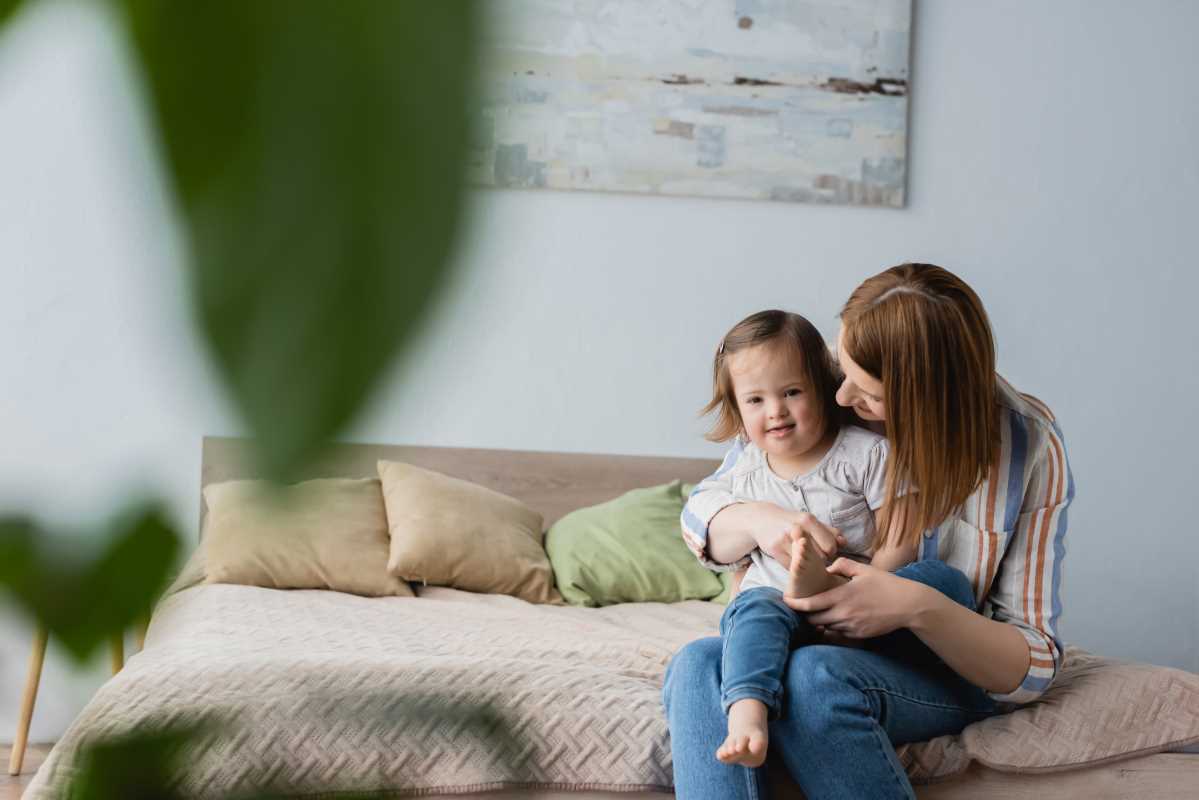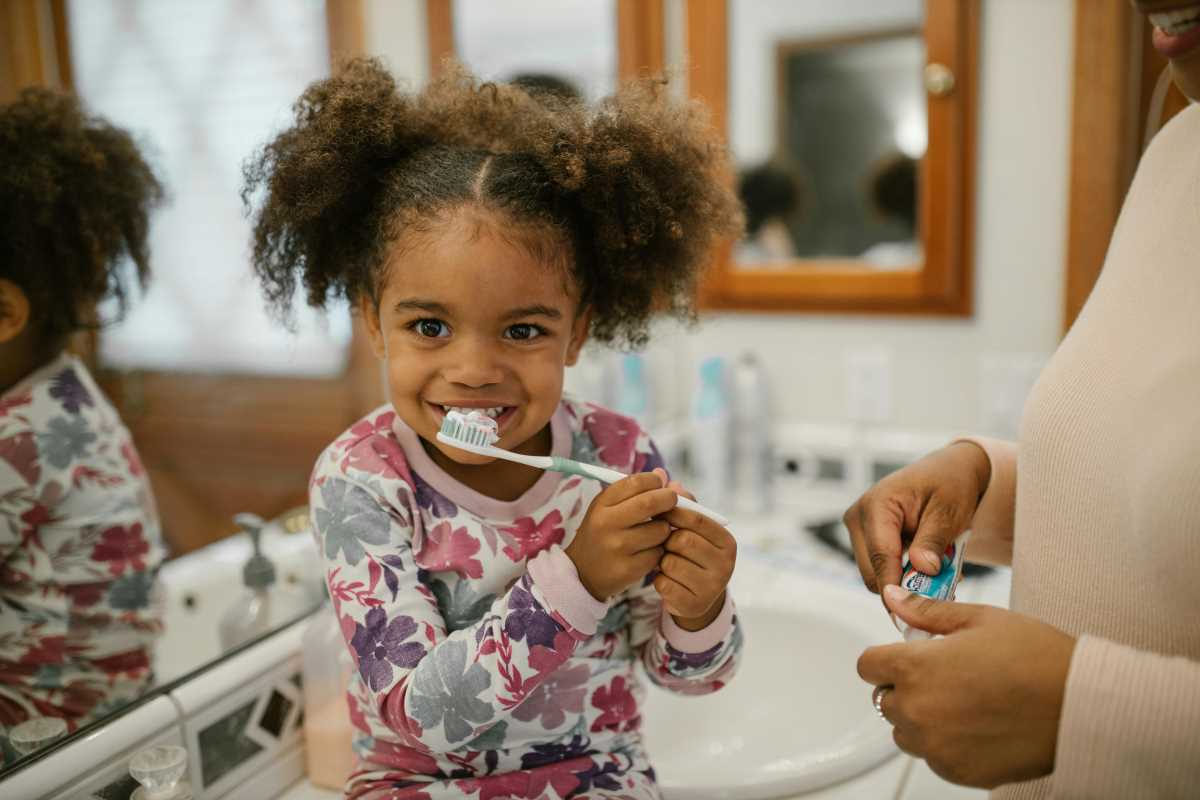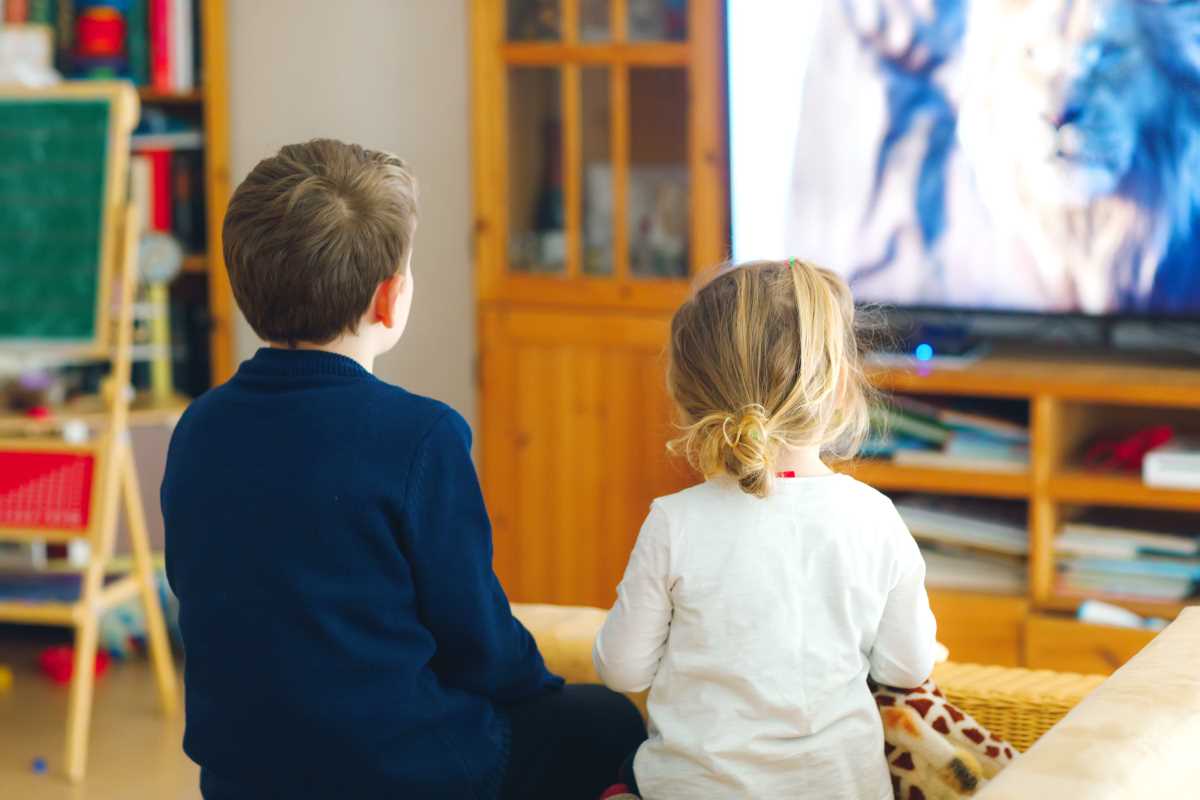Youngsters begin to build their sense of identity well before mastering everyday tasks like tying their shoes. When caregivers share clear and genuine messages about how bodies function and highlight the joy that movement brings, children take these lessons to heart. Focusing on qualities such as strength, curiosity, and kindness—rather than looks—helps kids develop a lasting confidence that deepens as they grow. Every conversation, shared experience, and family photograph adds another layer to their understanding of themselves, gradually shaping the way they see and value who they are.
Fostering Self-Respect in Young Minds
Explore the wonder of bodies by inviting kids to talk about what their arms and legs can do instead of how they look. You can turn ordinary moments into little discoveries—ask them how it felt to climb that tree or paint a picture. These conversations convey an unspoken message: function and joy matter more than form.
Introduce tactile experiences—sandbox shapes, dance moves, climbing frames—to show how movement and exploration connect to confidence. With every step, they learn that personal growth springs from curiosity, not comparison. This approach weaves respect for one’s own uniqueness into everyday fun.
Building an Encouraging Dialogue
When children hear adults naming and praising effort in playful, authentic ways, they develop a path toward self-assurance. Praise the moment they share a drawing without prompting or the time they tried a new game even if they didn’t win. Frame remarks around specific actions: “I loved how you reached high for that swing,” instead of blanket comments about appearance.
Link discussions to resources that promote healthy perception—connect the phrase body image to supportive guidance seamlessly within a story or anecdote. By embedding helpful references in casual exchanges, children see these topics as living, breathing parts of conversation.
Everyday Encouragement Techniques
- Celebrate little triumphs: After a successful art project, ask the child what they learned instead of if they liked how it looks.
- Model mindful self-talk: Describe how you appreciate your own strengths during breakfast—mention the grip your hands have for pouring juice.
- Use descriptive questions: “What did your legs feel like after that hike?” guides kids toward curiosity about bodily feedback.
- Incorporate playful sound effects: Cheer with a custom animal roar for each new skill practiced to make encouragement memorable.
- Create a daily “highlight reel” at dinner: Share one moment your limbs helped you do something fun, inviting them to do the same.
Simple Rituals at Home
Encourage body positivity, resilience, and creativity through everyday family routines.
Mirror Motivators
Purpose: Instill a focus on capabilities, not appearance
- Steps:
- Secure a low mirror.
- Provide chalk markers.
- Guide children to write action-based affirmations like “I can jump high.”
- Let them erase and rewrite daily.
- Cost: Under $10 for basic supplies
- Insider Tip: Invite the whole family to contribute for shared momentum and encouragement.
Movement Dice
Purpose: Inspire varied physical activity and body appreciation
- Steps:
- Label each side of a foam cube with movement verbs—twirl, leap, stretch, balance, hop, crawl.
- Roll it together each day at a set time.
- Follow the prompt with full enthusiasm.
- Cost: Minimal—just a foam cube and marker
- Insider Tip: Add seasonal prompts (like “snow angel” in winter) to keep the activity fresh.
Story Crafting
Purpose: Reinforce self-worth through imaginative storytelling
- Steps:
- Select a blank book or printable pages.
- Co-write a chapter featuring a character facing and overcoming a challenge.
- Illustrate the actions.
- Reflect on emotions after the story.
- Cost: Inexpensive notebooks or printable templates
- Insider Tip: Include pets or stuffed animals as sidekicks to increase engagement.
Kitchen Creations
Purpose: Build confidence through food-based creativity
- Steps:
- Offer cut veggies, fruits, and dips.
- Challenge kids to create patterns, animals, or funny faces.
- Talk about how each food supports movement or strength.
- Take photos of their creations.
- Cost: Included in regular grocery shopping
- Insider Tip: Display their snack art on the fridge as a rotating gallery.
Gratitude Journal
Purpose: Shift focus to daily physical accomplishments
- Steps:
- Give each family member a small notebook.
- Write one thing the body did well that day before bed.
- Share one entry at breakfast the next day.
- Review past entries weekly.
- Cost: Under $5 per notebook
- Insider Tip: Mark special entries with symbols so they’re easy to revisit during tough days.
Tracking Emotional Progress
- Notice when a child uses self-encouragement phrases without prompting—mark this as a sign of growing self-awareness.
- Record moments when they choose active play over screen time driven by curiosity, showing confidence in their bodies in action.
- Keep track of how often siblings or friends give unsolicited compliments about skill or kindness, indicating positive spillover effects.
- Pay attention to art and play scenes—when characters in drawings express pride in their abilities, it shows internalized respect.
- Watch how often they resist negative comparisons with peers and instead celebrate differences.
Incorporate these techniques into daily routines to help children develop respect and confidence in their bodies.
 (Image via
(Image via





